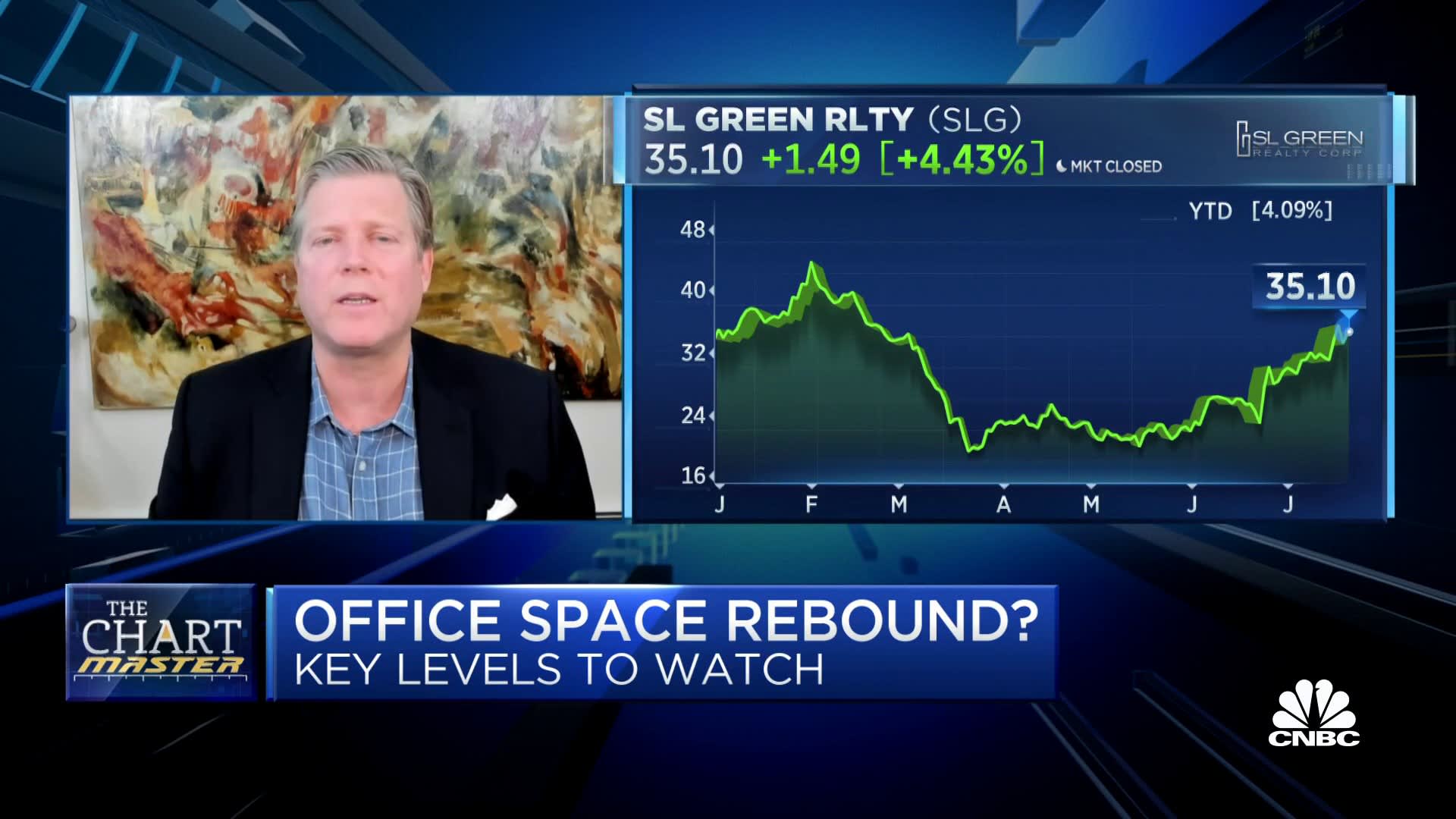The loan-to-value (LTV) ratio is a key metric mortgage lenders use to assess their risk of lending you money. Most lenders use the LTV ratio, credit score, debt-to-income ratio, interest rate, and property value when processing your mortgage application. The loan-to-value ratio affects the amount of down payment the lender requires.
Simply put—the lower your LTV ratio, the better your chance of getting finance approved at a competitive rate.
This article is a complete guide to understanding LTV ratios and how they can help you make wise property investments. You will also find out how to calculate LTV ratios. Additionally, you will get key insights into securing cheaper financing terms.
What Is LTV (Loan-to-Value) Ratio in Real Estate Investing?
The loan-to-value LTV ratio is the difference between the property’s appraised value and the loan amount you want to borrow. The LTV ratio is expressed as a percentage and helps lenders determine your eligibility for a loan. This percentage figure is used for all conventional, home equity, FHA, and car loans.
The LTV compares the mortgage loan amount to the home’s value or equity. In the eyes of lenders, a higher LTV ratio means your risk of default is greater. Therefore, the lender may increase mortgage costs, like the down payment size and interest rates. On the other hand, a lower LTV increases your chances of securing favorable loan terms. Lenders have more confidence that you will make the monthly mortgage payments.
Understanding the Loan-to-Value Ratio
Calculating the LTV ratio is essential to the mortgage loan application process. Lenders use it to determine the terms of buying a property, refinancing an existing home loan, or approving a home equity loan. Lenders view you as a greater risk if you apply for a loan close to the property’s market value.
Money lenders use the loan-to-value ratio to reduce their risk of losing money in case of a default. For example, in the event of a foreclosure, the lender may be unable to sell the home for a price that covers the outstanding mortgage balance.
The three primary factors affecting LTV ratios are the following:
- Appraised property value
- The amount of the down payment
- The sales price
What Is a Good LTV?
The ideal LTV ratio when applying for a mortgage or home equity loan is 80% or lower. Therefore, your down payment would be 20% of the purchase price. When you have a good LTV, you can expect lenders to offer you the lowest interest rate. You can also avoid paying private mortgage insurance—potentially saving thousands of dollars over the loan term.
How to Calculate LTV
It is easy to calculate the LTV ratio by dividing the loan amount by the value of the asset you are borrowing against. For a mortgage, this means dividing the mortgage amount by the property’s value. To get a percentage figure, you multiply the result by 100.
Here is the formula to calculate LTV:
([Total loan amount] ÷ [property’s appraised value]) x 100 = LTV ratio
For example, suppose you plan to invest in a property with an appraised value of $230,000, and you have $60,000 for the down payment. Therefore, the total mortgage amount is $170,000. This means that your LTV ratio would be 74%. Here is the LTV calculation:
$170,000 ÷ $230,000 = 0.74
0.74 x 100 = 74%
By looking at the calculation, you can see that you could lower the borrowing amount and achieve a lower LTV ratio by making a larger down payment.
It’s important to note the difference between the purchase price and appraised property value. Lenders typically assess LTV based on their appraisal. However, your LTV will be based on the appraised value or the purchase price, whichever is the lowest.
How Lenders Use LTV Ratios
The loan-to-value ratio is one metric that lenders use when assessing mortgage loan applications. Other factors that can affect eligibility for a loan include credit scores, DTI, employment history, the value of the property, and the down payment. However, the LTV ratio will greatly impact borrowing costs regarding higher mortgage rates.
Although the ideal LTV is generally 80%, you can secure a mortgage with a higher LTV ratio. However, you will be faced with higher borrowing costs. Higher interest rates and private mortgage insurance are two ways a high LTV ratio can impact the total mortgage amount.
Let’s see how these factors affect the amount you must repay.
- Require private mortgage insurance (PMI): An LTV ratio higher than 80% may mean you must purchase private mortgage insurance. Depending on the product, this can add between 0.5% and 1.0% to the total loan amount annually. However, the payments are typically necessary until the LTV ratio is below 80%.
- Charge higher interest rates: The LTV affects mortgage rates. Lenders typically charge higher interest rates on a primary mortgage with a high LTV ratio. In some cases, this could be a full percentage point higher than a borrower with a lower LTV.
It’s good to note that if you must purchase insurance on your mortgage, you can get closing costs and the cost of PMI added to your mortgage monthly payments.
Depending on other factors, the mortgage lender may use the loan-to-value ratio to decide that you are ineligible for a conventional loan to buy a home. These factors could include your credit history, insufficient income, or a high DTI ratio.
How Lenders Assess LTV and DTI Ratios
Apart from the LTV ratio, your debt-to-income (DTI) ratio is another vital factor lenders use during the home loan application. Lenders must be convinced you can pay your home loan monthly. To do this, they assess your front-end ratio and back-end ratio.
- Front-end ratio: This figure is the portion of your gross monthly income you spend on housing expenses. These include mortgage payments, taxes, homeowners insurance, and other housing-related expenses.
- Back-end ratio: This figure is the percentage of your income to cover all your debt obligations. These can include a car loan, credit card debt, and other debt that shows up on your credit report.
Why LTV Ratio Matters to Real Estate Investors
The LTV ratio is a crucial real estate metric investors must understand. It helps you know when and how to secure affordable financing for savvy real estate investments. However, it also helps you assess the relative strength of your position in the market. Therefore, the LTV ratio can help you make key decisions when buying, selling, or refinancing a property.
For example, understanding the LTV is useful when deciding to sell or refinance a real estate asset. A low LTV ratio clearly signals that the property has a lot of equity. Therefore, you may want to redirect some of that equity into new investments. This means you can come to the table with a higher down payment, thus reducing the LTV ratio for your next loan.
What is Combined Loan-to-Value (CLTV)?
The combined loan-to-value (CLTV) ratio considers second mortgage loans like home equity lines of credit (HELOCs), home equity loans, and other liens. Therefore, if you are applying for a second loan, you must calculate the combined loan-to-value ratio.
The LTV and the CLTV are based on how much equity is in the home compared to the total amount you want to borrow.
To calculate the combined LTV ratio, you add the current loan balance on your home to the amount you want to borrow. Then you divide the amount by the appraised value of your home. After that, multiply the result by 100 to know the CLTV ratio.
How To Lower Your LTV
There are two principal ways to lower your loan-to-value (LTV). First, reduce the amount you must borrow. Second, look for a property with a lower appraised value or offer to buy the home for less. This way, you can lock in a lower monthly payment.
Make a larger down payment
The best way to reduce your LTV ratio is to save up for a larger down payment—ideally, at least 20%. This way, you reduce your LTV because you are borrowing less money. Ideally, it would be best to borrow no more than 80% of the home’s appraised value.
Look for a cheaper property
You can lower your LTV by looking for a more affordable property. Because you are borrowing less, your LTV will decrease accordingly, provided you can still make the 20% down payment. You can achieve the best borrowing costs by lowering your borrowing amount and negotiating a better sales price.
Loan-to-Value Rules for Different Mortgage Types
Although 80% may be the standard loan-to-value (LTV) ratio when applying for a conventional loan, the requirements depend on the mortgage program. Here are the loan requirements by loan type.
Conventional mortgages
A typical mortgage requires an LTV ratio of at least 80%. The best mortgage lenders may have additional requirements for mortgage loans with a higher ratio.
Mortgage refinancing loan
Getting the best mortgage rates when refinancing a loan requires an LTV ratio of at least 80%. Therefore, if you are refinancing your mortgage based on your home equity or have multiple loans, you must calculate your combined LTV ratio.
FHA loans
Home loans backed by the Federal Housing Administration have less stringent requirements. A home buyer can typically qualify for an FHA loan with high LTV ratios—sometimes up to 96.5%. However, taking out mortgage insurance on FHA loans is a requirement, regardless of the down payment size.
VA loans
Government-backed mortgages like VA loans don’t require any upfront payment. If the home buyer meets the requirements, they can qualify for a 100% mortgage. Apart from the VA appraisal fee, they must also pay additional costs on this type of loan, like closing costs.
USDA loans
The USDA loan program allows buyers in rural areas to get a home loan without making a down payment. Therefore, the LTV ratio can be as high as 100%.
Fannie Mae and Freddie Mac loans
Government-backed mortgages like Freddie Mac and Fannie Mae allow would-be homeowners to secure a mortgage with an LTV ratio of 97%. However, these loans require mortgage insurance until the LTV ratio drops to 80% or below. Additionally, home buyers must meet credit rating requirements.
LTV Ratio—In Conclusion
The loan-to-value (LTV) ratio is a crucial metric in real estate investing. The figure measures the appraised market value of the home you want to buy compared to the amount you need to borrow. The LTV ratio helps lenders assess your borrowing risk.
Reducing the LTV ratio as much as possible generally results in lower mortgage costs. With a percentage figure of 80%, lenders can offer better interest rates, waive the need for mortgage insurance, and offer you better borrowing deals.
Get the Best Funding
Quickly find and compare investor-friendly lenders who specialize in your unique investing strategy. It’s fast, free, and easier than ever!
Note By BiggerPockets: These are opinions written by the author and do not necessarily represent the opinions of BiggerPockets.

















